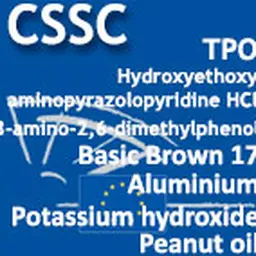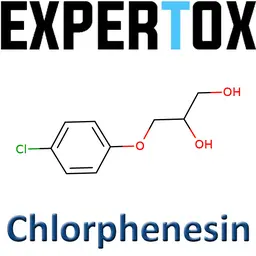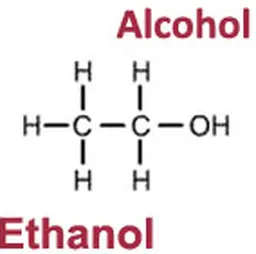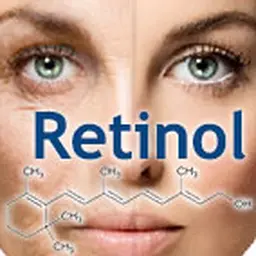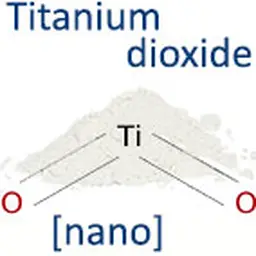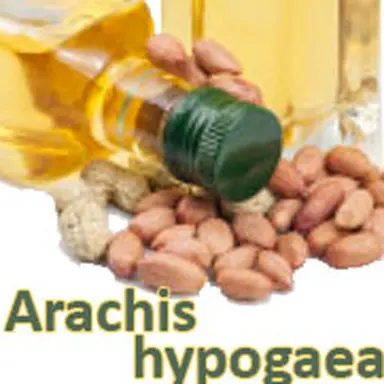
What is sillier than a peanut? And what is more harmless than the oil derived from it? Except… peanut proteins are highly allergenic, to the point that even applying a cosmetic product containing them on the skin may induce undesirable reactions. And this motivated a request for European scientific experts to carry out a safety assessment.
Peanut oil is obtained by pressing peanuts or groundnuts (Arachis hypogaea).
This clear oil is mainly used in food and is particularly adapted to high-temperature cooking and frying, but it can also be found in a certain number of industrial products (mayonnaise, seasoning, ready-made meals…).
Peanut oil and cosmetics
Peanut oil and its derivatives also have many applications in the cosmetics industry.
Oils and functions
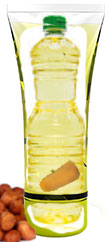 The oil itself (Arachis hypogaea oil) is used as an emollient agent (to soften the skin and make it suppler) and a solvent. It is known for repairing dry skins and for nourishing and fortifying dry and fragile hair. It can thus be found in skincare products (face and body, hair), but also in lip balms or sun milks. Ultimately, its penetrating texture and neutral smell make it very welcome in the composition of massage oils. It has no irritant potential and thus shows a good skin tolerance.
The oil itself (Arachis hypogaea oil) is used as an emollient agent (to soften the skin and make it suppler) and a solvent. It is known for repairing dry skins and for nourishing and fortifying dry and fragile hair. It can thus be found in skincare products (face and body, hair), but also in lip balms or sun milks. Ultimately, its penetrating texture and neutral smell make it very welcome in the composition of massage oils. It has no irritant potential and thus shows a good skin tolerance.
The hydrogenated oil (Hydrogenated peanut oil), whose texture is thicker, is emollient, emulsifying, and interesting for skincare or to adjust a formula’s viscosity.
Here are other derivatives of this oil:
• Peanut oil PEG-6 esters: emollient
• Peanutamide MEA: emulsifier, emulsion stabilizer, foam booster, surfactant, viscosity control …

